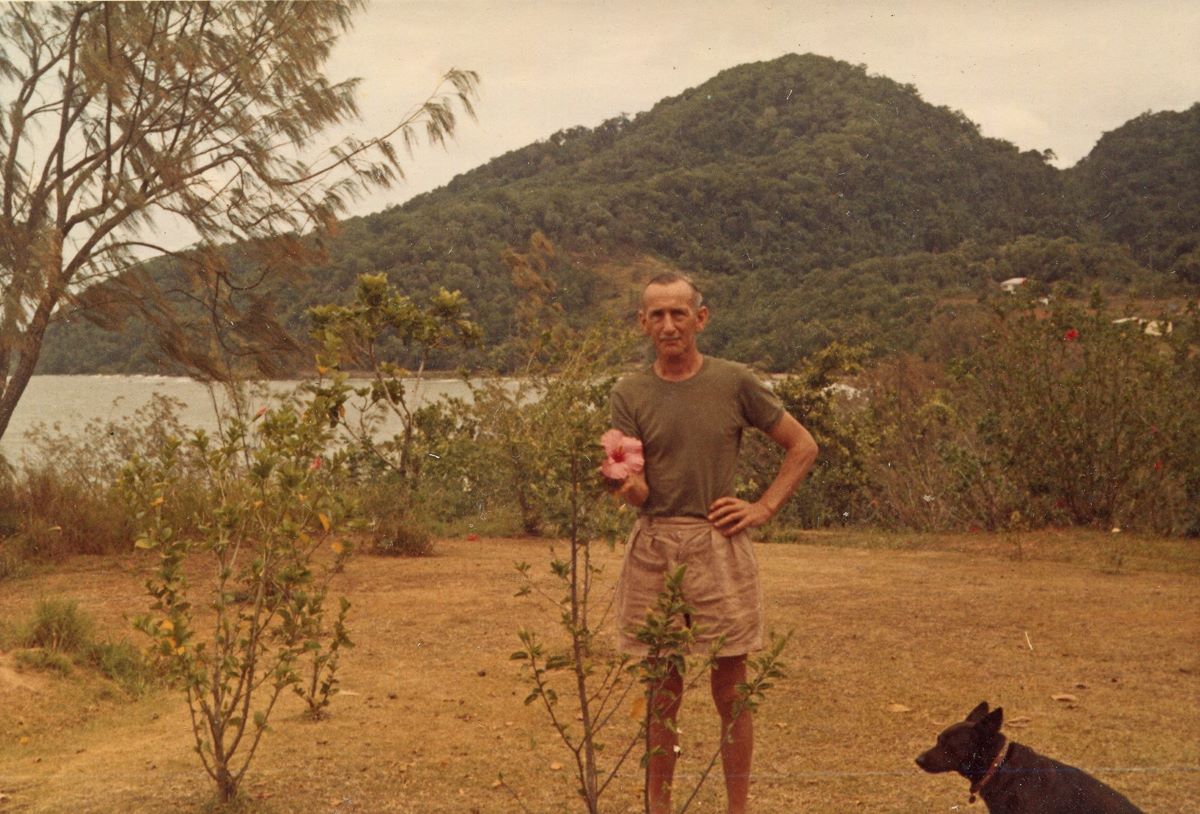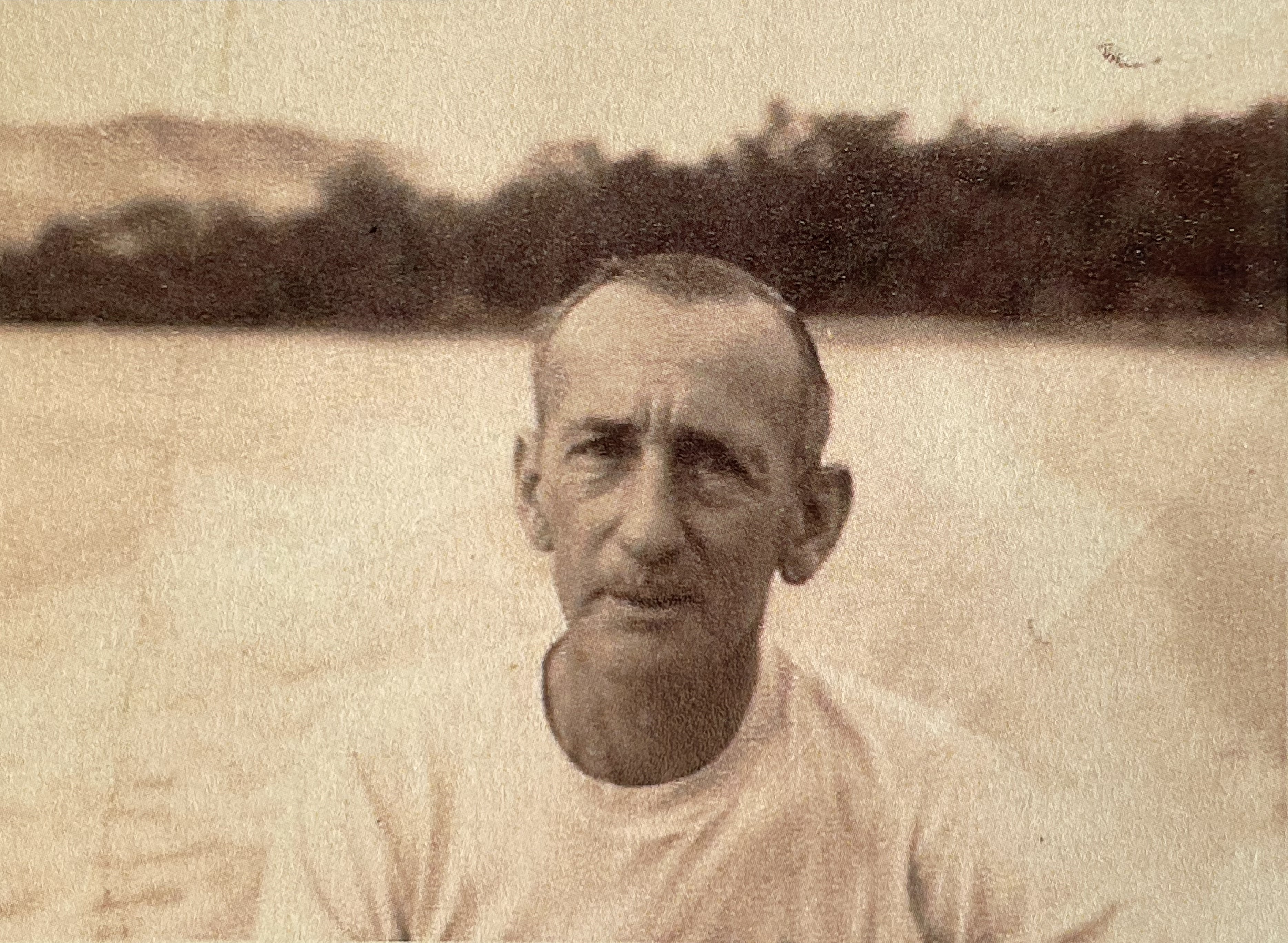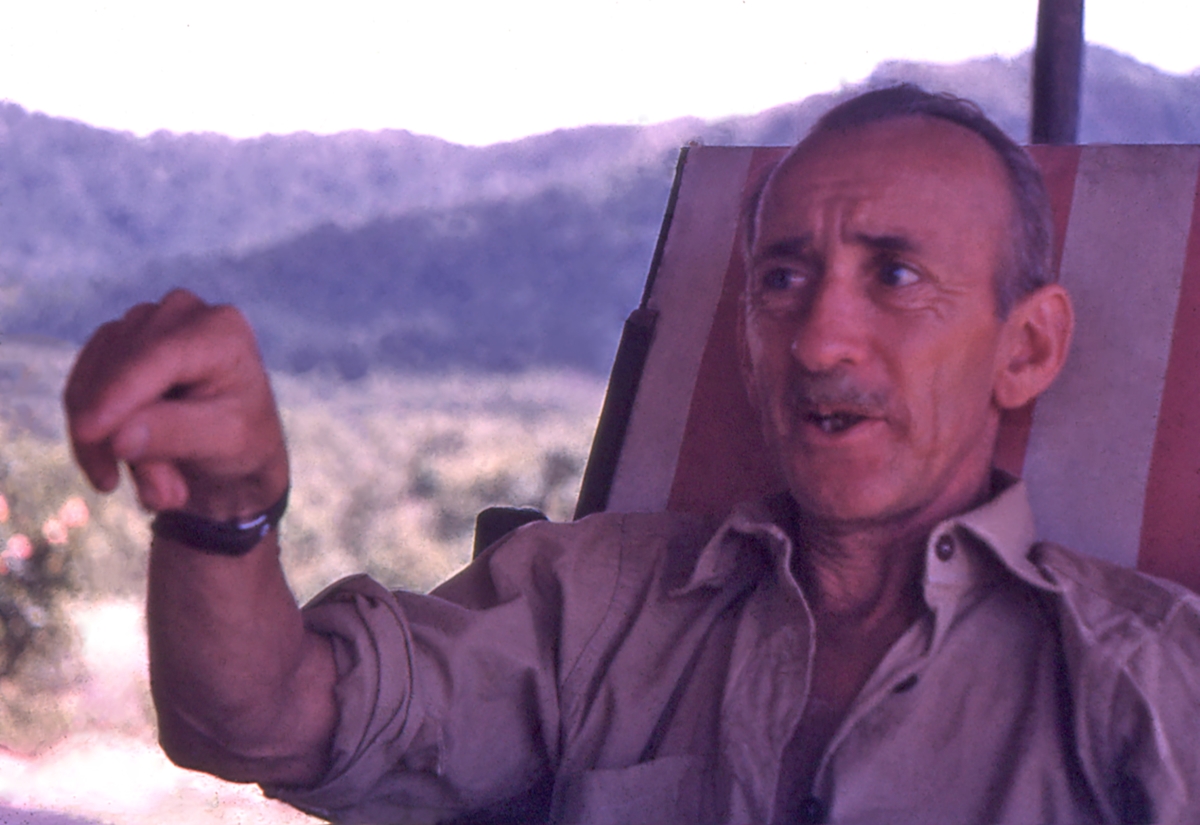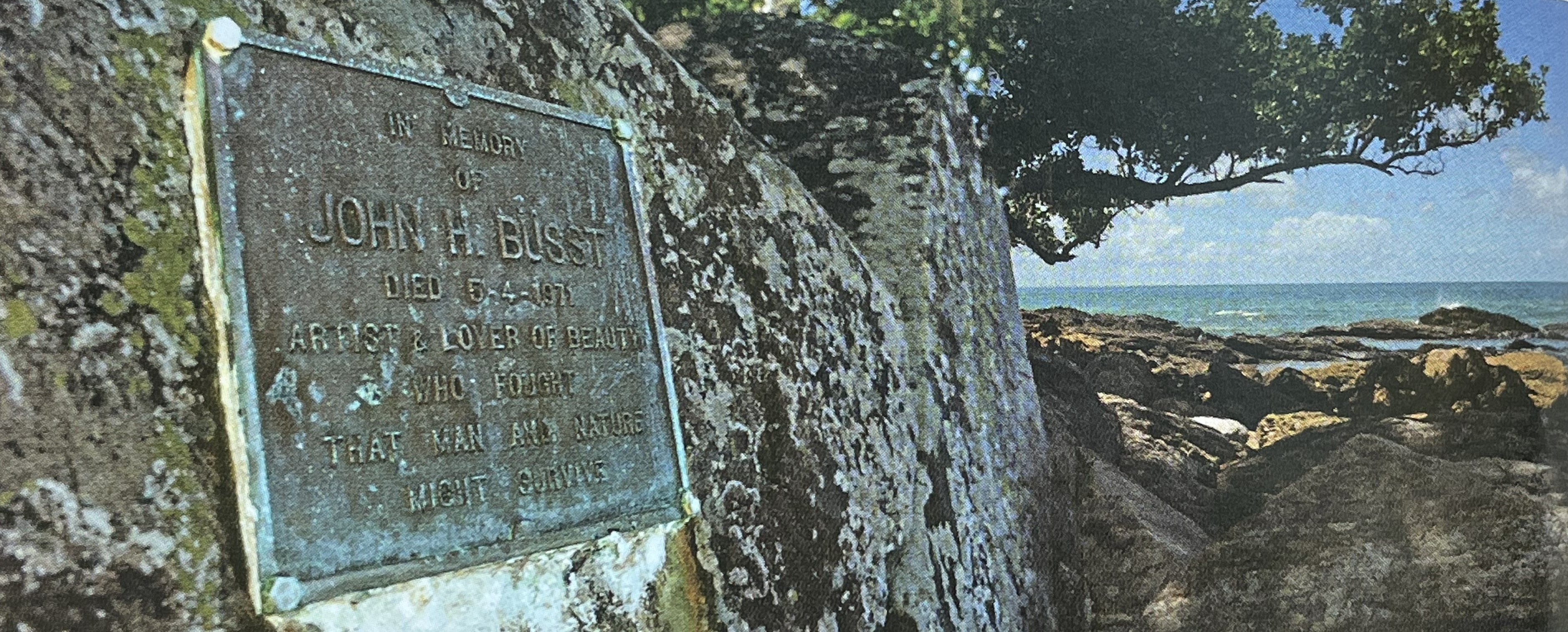He’s probably the greatest conservationist hero you’ve never heard of. Unlike David Attenborough, Jacques Cousteau or Steve Irwin, his name is virtually unknown, but John Büsst (OW1927) is an environmental giant, for he was instrumental in saving the Great Barrier Reef. Paul Munn uncovers his story.
He was a hard drinking, hard partying, very funny man who fancied himself an artist. And yet this same man, facing enormous obstacles, ultimately led a successful eight-year, worldwide campaign to save our Great Barrier Reef from ruination by mining and oil drilling. How did this happen?
Born into a wealthy Bendigo family in 1909, John Büsst attended Wesley from 1919 to 1927. Notably, he began a life-long friendship with future Prime Minister Harold Holt while at school, and they shared a room at Queens College when they both studied at the University of Melbourne. Unlike Holt, however, who went on to practise law before entering politics, Büsst dropped out after little more than a year, opting to embrace Melbourne’s nascent bohemian scene instead.
He wanted to become an artist, and first stop on that journey was the Montsalvat artist’s colony in Eltham. He helped build the stone and mudbrick commune, and lived there for some time before following well-known artist Noel Wood to Bedarra Island in north Queensland in 1940. It was a significant move, for there he fell in love with the natural world, and became obsessed with the science of ecology.

1940 was significant for another reason: aged 31, he inherited half the family fortune, the other half going to his sister, Phyllis. Together they bought most of the island, and he also set about spending some of that fortune on enjoying himself – he loved a drink, and he loved to party. Fellow activist Judith Wright, the celebrated poet, described him as ‘a slender, enthusiastic man full of laughter, a compulsive smoker and a lover of good company.'

His first passion had been painting, but soon enough he would find his true calling as a conservationist, and he would become a formidable warrior for the natural world.
In the 1950s he married, sold up Bedarra Island, and moved to Bingil Bay, just north of Mission Beach. His activism began when he became involved with campaigns to save north Queensland’s rainforests, and it was here that he learnt how to be an effective campaigner.
By the 1960s, the Reef and surrounding rainforests were under lethal threat. In 1967, at the helm of the ‘Save the Reef’ campaign, John coordinated a number of influential environmental groups who brought a court case against cane farmers who had applied to mine Ellison Reef, just north of Bingil Bay, for agricultural lime, falsely claiming the reef was dead. They narrowly won the case, and the legal precedent was set for not mining the Reef.
Then a bigger battle ensued to protect the Reef from oil exploration. The Queensland Government had granted leases on huge tracts for companies to drill for oil. Büsst had been leading the demand for the Commonwealth to take control and ownership of the Reef, but progress was slow, and an Ampol oil rig was on its way to central Queensland to begin drilling. What to do?

Büsst masterminded a coordinated action with Queensland unions to impose a union black ban on oil rigs drilling the Reef. It was a winning strategy, ultimately stopping oil exploration long enough for a Royal Commission on Oil Drilling to be called, and a new government, led by Gough Whitlam, to enact the legislation to protect the Reef from oil drilling and mining.
How did he do it all? His friend Harry Holt was always in his corner, but just knowing people in high places would never be enough.
He worked inclusively with a myriad of people, organisations and media, across a broad political spectrum. His wife Alison, who often typed letters for him, estimated that he had despatched over 4,000 letters around Australia and the globe. His energy and devotion to the cause was prodigious. Saving the Reef was his obsession, and fighting for it took up 99% of his energy. Inevitably, something had to give, and, sadly, it was his marriage.
He continued to work relentlessly as if tomorrow would be his last day on Earth… and then, one day, it was. John had been battling throat cancer for most of the Save the Reef campaign, and in April of 1971, he finally succumbed.

Four years after his death, the Commonwealth took over the Reef’s management with the establishment of the Great Barrier Reef Marine Park Act, and it became the world’s largest marine protected area.
Finally, in 1981, the Great Barrier Reef gained UNESCO World Heritage status. A truly remarkable man, John Büsst was a pioneer defender of the environment. With our natural environment again under such monumental threat, we are sorely in need of more warrior protectors like him.

There is a memorial plaque to him attached to rocks at the northern end of Bingil Bay. Judith Wright wrote the inscription, which reads thus:
'John Büsst
Artist & lover of beauty
Who fought
That man and nature
Might survive'
